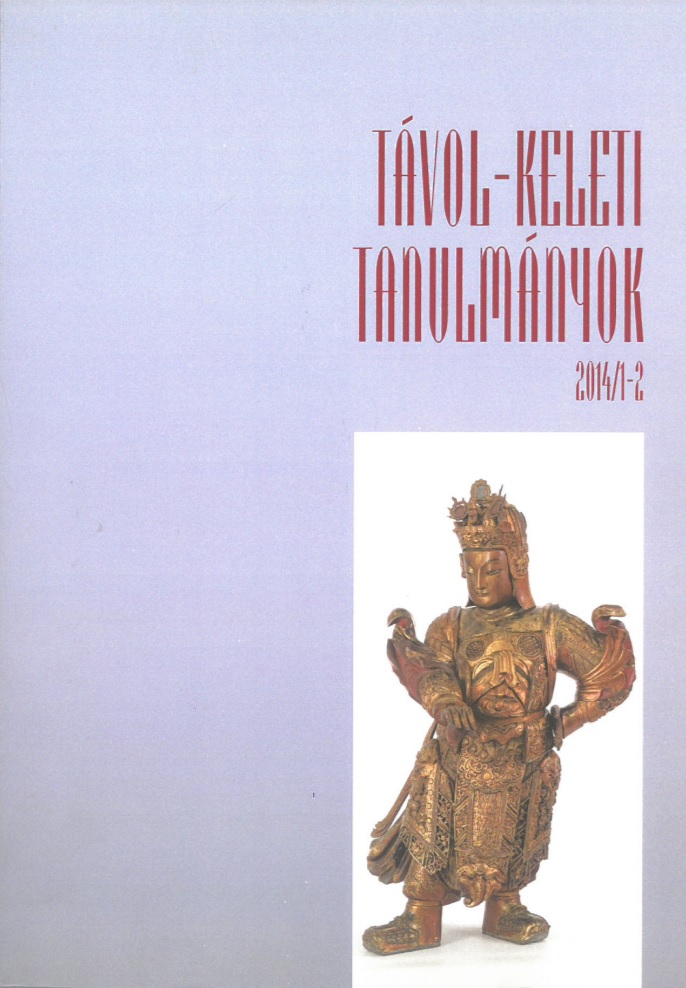Published 2015-09-04
How to Cite
Copyright (c) 2015 the author(s)

This work is licensed under a Creative Commons Attribution-NonCommercial 4.0 International License.
Abstract
Benzaiten 弁財天 originated from the Indian riverine goddess Sarasvatī, patron of knowledge and eloquence, who arrived in Japan through Buddhism in the 7th or 8th century. The Japanese people merged her figure with indigenous serpent gods, and at the same time with Indian nāgas (serpents), both associated with water, fertility and abundance. This process not only turned the goddess into the patron of wealth and fortune, but also made her one of the important gods in Esoteric Buddhism, which assigned a special symbolic meaning to her. One of the texts that helps us to understand this symbolism is the Keiran shūyōshū 渓嵐拾葉集, written by the Tendai 天台 monk Kōshū 光宗 (1276–1350) in the 14th century. The text contains many references to Benzaiten as the embodiment of non-duality, a mediator between the sacred and mundane worlds, and also as a key figure in transforming potencially dangerous, wordly impulses. This practice can be traced back to one
of the most important religious notions in medieval Japanese Buddhism, original enlightenment, which was sometimes symbolized by a snake.
